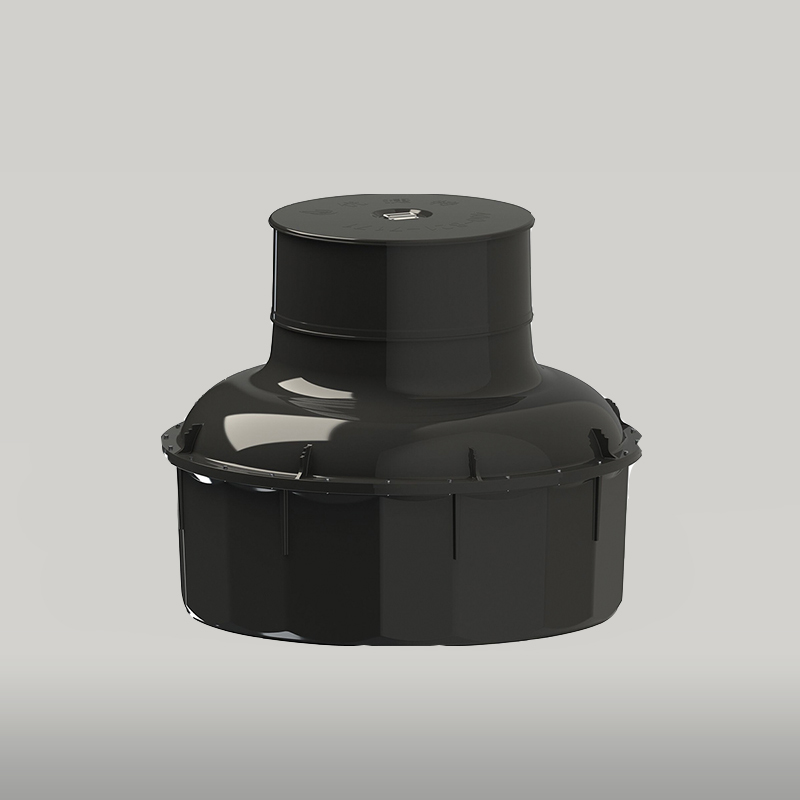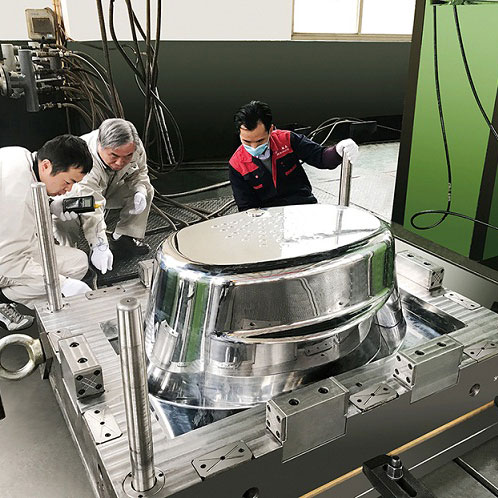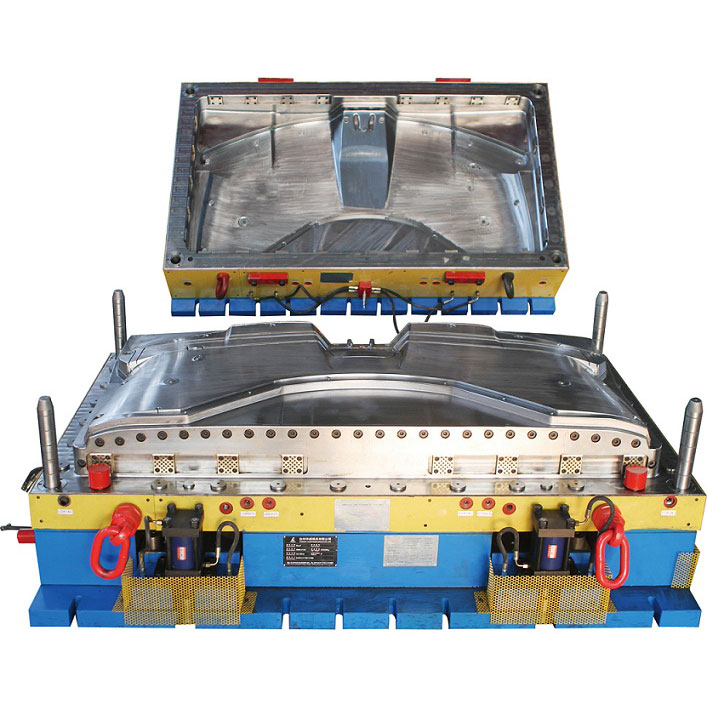Polishing in mold processing is very different from the surface polishing required in other industries. Surface polishing usually only requires obtaining a bright surface, while mold polishing, strictly speaking, should be called mirror processing. Not only does the polishing itself have high requirements, but it also has high standards for surface flatness, smoothness, and geometric accuracy.

Specific methods of mirror polishing of molds
The process of mold mirror polishing is mainly to reduce the roughness of the workpiece surface. Different mold polishing plans are given for different mold polishing. There are several methods for mold polishing:
(1) Mechanical polishing. This method mainly relies on cutting or plastic deformation of the material surface to remove the convex parts of the surface to obtain a smooth surface. Tools such as oilstone strips, wool wheels, and sandpaper are usually used, and manual operation is the main method. For molds with higher surface quality requirements, the ultra-precision polishing method can be used. This method can use special abrasive tools and polishing fluid containing abrasives to achieve very high surface roughness.
(2) Chemical polishing. Chemical polishing involves placing the mold in a chemical medium, using chemical action to preferentially dissolve the protrusions on the surface, resulting in a smooth surface. This method does not require complex equipment, can polish workpieces with complex shapes, and process multiple workpieces at the same time, but the surface roughness can generally only reach about 10 μm.
(3) Electrolytic polishing. The principle of electropolishing is similar to chemical polishing, polishing the surface by selectively dissolving tiny protrusions on the surface of the mold. This method can eliminate the influence of cathode reaction and obtain better polishing effect.
(4) Ultrasonic polishing. The workpiece is placed in the abrasive suspension and placed in the ultrasonic field, and the oscillation of ultrasonic waves is used to grind and polish the surface of the workpiece. This method has small macroscopic force and will not cause deformation of the workpiece, but the production and installation of tooling is more difficult.
(5) Fluid polishing. This method relies on high-speed flowing liquid and the abrasive particles it carries to wash away the surface of the workpiece to achieve a polishing effect. Including abrasive jet machining, liquid jet machining, fluid power grinding, etc.
(6) Magnetic grinding and polishing. Magnetic abrasives are used to form an abrasive brush under the action of a magnetic field to grind the workpiece.
Each of these methods has its own characteristics and is suitable for different types of molds and different surface quality requirements. Which method to choose depends on factors such as specific process requirements, equipment conditions, and economics. Generally, the most common mold polishing methods are the first three methods.
Benefits of mold polishing
(1) After polishing, the mold cavity will be smoother, making it easier to demould during the production process, improving production efficiency, reducing production cycle, and achieving cost reduction.
(2) The polished mold has lower roughness, higher flatness and smoothness, so the produced products have a more majestic and beautiful appearance, are more acceptable, and can easily open up the market.
(3) I believe many people know how expensive it is to open a set of molds, so after many molds are polished, customers will perform electroplating. After electroplating, the molds are more wear-resistant and corrosion-resistant, which greatly extends the use of the molds. life.
(4) After mold polishing, the accuracy of the mold matching surface can be improved to prevent burrs from affecting normal production.
Basic procedures for manual polishing
In order to obtain high-quality polishing results, it is important to have high-quality polishing tools and accessories, such as oilstones, sandpaper, diamond abrasive paste, etc., and then perform manual (hand) polishing. There is also a polishing working environment that requires a dust-free workshop. The choice of polishing procedure depends on the surface condition after preliminary processing, such as machining, electrical discharge machining, grinding, etc.
What issues should be paid attention to when manual polishing?
Do not damage the structure of the workpiece; do not damage the rounded corners of the workpiece, and do not damage the rationality of the draft angle; pay attention to the order of use of polishing tools; pay attention to the intensity of polishing.
When sanding with sandpaper, you should pay attention to the following points:
(1) Use cork or bamboo sticks and sand them with sandpaper. When polishing a round or spherical surface, using a cork can better match the curvature of the round and spherical surfaces. Harder woods, such as cherry, are better suited for polished flat surfaces. Trim the ends of the wooden strips to make them consistent with the surface shape of the steel parts to prevent the sharp angles of the wooden strips (or bamboo strips) from contacting the surface of the steel parts and causing deep scratches.
(2) When using different types of sandpaper, the grinding direction should change between 45° and 90°, and the stripes and shadows left by the previous sandpaper should be distinguished. Before changing to a different type of sandpaper, the polishing surface must be carefully wiped with cleaning fluid, as small gravel remaining on the surface will disrupt the entire polishing process. This cleaning process is also important when switching from sandpaper polishing to diamond abrasive paste polishing. All particles and kerosene must be removed before further polishing.
(3) In order to avoid scratching and burning the surface of the workpiece, special care must be taken when sanding with #1200 and #1500 sandpaper. So load lightly and use a two-step polishing method to polish the surface. When sanding with each type of sandpaper, you should sand twice in two different directions, rotating 45-90 degrees between the two directions each time.
 English
English
 English
English  ελληνικά
ελληνικά  Esperanto
Esperanto  Afrikaans
Afrikaans  tiếng Việt
tiếng Việt  Català
Català  Italiano
Italiano  שפה עברית
שפה עברית  Cymraeg
Cymraeg  العربية
العربية  Galego
Galego  Latviešu
Latviešu  Română
Română  icelandic
icelandic  ייִדיש
ייִדיש  Hrvatski
Hrvatski  Kreyòl ayisyen
Kreyòl ayisyen  Srpski језик
Srpski језик  Shqiptar
Shqiptar  Slovenski
Slovenski  lugha ya Kiswahili
lugha ya Kiswahili  አማርኛ
አማርኛ  Malti
Malti  Bosanski
Bosanski  Frysk
Frysk  ភាសាខ្មែរ
ភាសាខ្មែរ  ქართული
ქართული  ગુજરાતી
ગુજરાતી  Hausa
Hausa  Кыргыз тили
Кыргыз тили  ಕನ್ನಡ
ಕನ್ನಡ  Corsa
Corsa  Kurdî
Kurdî  Lëtzebuergesch
Lëtzebuergesch  Malagasy
Malagasy  मराठी
मराठी  മലയാളം
മലയാളം  Maori
Maori  Hmong
Hmong  IsiXhosa
IsiXhosa  Zulu
Zulu  سنڌي
سنڌي  Shinra
Shinra  Հայերեն
Հայերեն  日本語
日本語  한국어
한국어  Punjabi
Punjabi  Chichewa
Chichewa  Samoa
Samoa  Sesotho
Sesotho 




